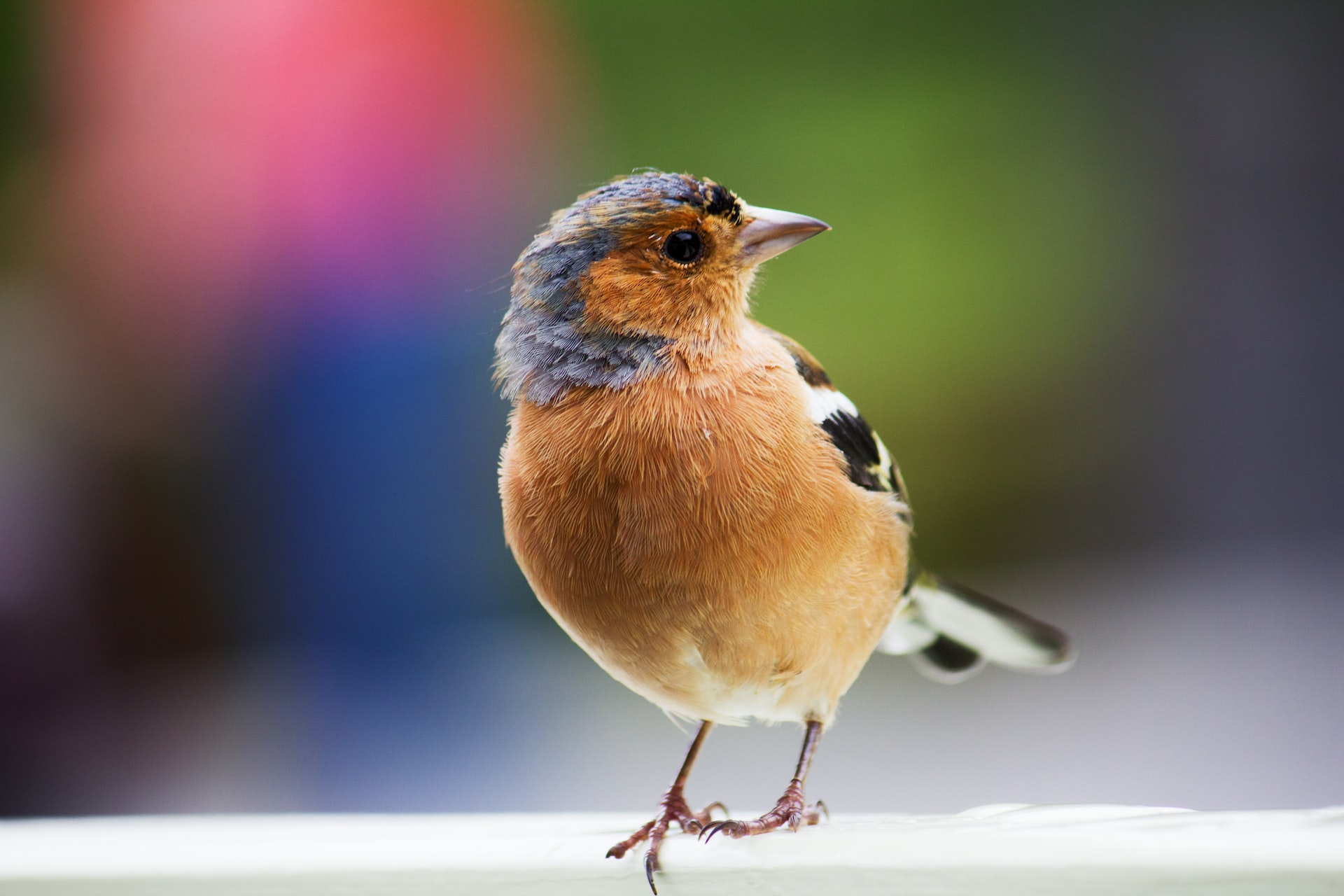One of the most popular pets in America, after dogs and cats, are birds. Many people want to know what kinds of birds make good pets and which do not. While there are many factors involved in determining if a bird will be a good pet, there are some specific kinds of birds that many people think would be ideal pets but often don’t fare well as domestic animals. If you’re thinking about adopting a bird as your next pet, think long and hard about whether one of these 10 species may fit into your household better than others.
1. Red crested crane

The red crested crane is a native bird to China and has been around for at least 2 million years. It’s mostly found in wetlands and marshes, but will occasionally venture into farmlands and agricultural fields where they feed on rice, wheat, maize, barley, sorghum and other crops. They are monogamous birds that mate for life and their nests are made of sticks and mud. Their eggs are olive green in color with brown markings.
2. Cockatiel
Cockatiels are social birds, so they should be kept with at least one other cockatiel. They require a lot of attention, so they should not be left alone for more than six hours each day. Cockatiels also need to fly every day, and their cage needs to be spacious enough for them to do this.
3. Lorikeet
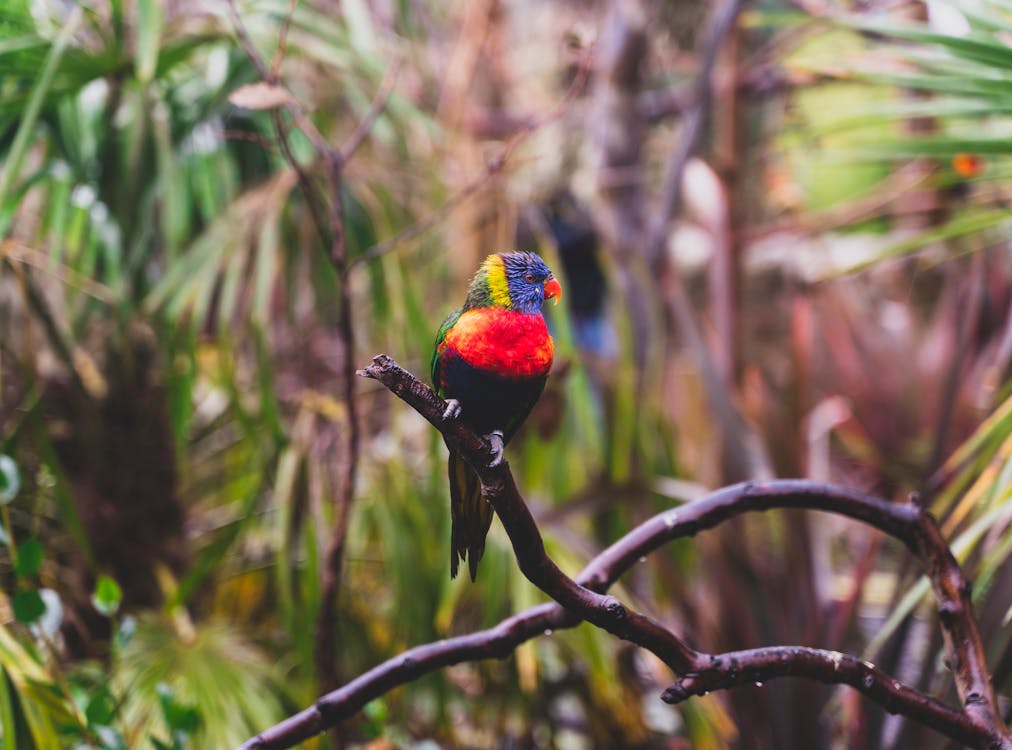
Lorikeets are a great pet for kids, but they’re not for everyone. They have a tendency to get aggressive and bite if they’re not handled properly. Lorikeet bites can be painful, but the good news is that their beaks are so small that they are unlikely to break the skin.
4. Miniature poodle
The miniature poodle is often a favorite dog breed, but this type of poodle might not make the best pet for everyone. Miniature poodles love to be active, and they need a lot of attention. These dogs are not recommended for kids or people who live in apartments because they do not do well on their own for long periods of time. They are also very sensitive dogs that need gentle handling.
5. Amazon Parrot
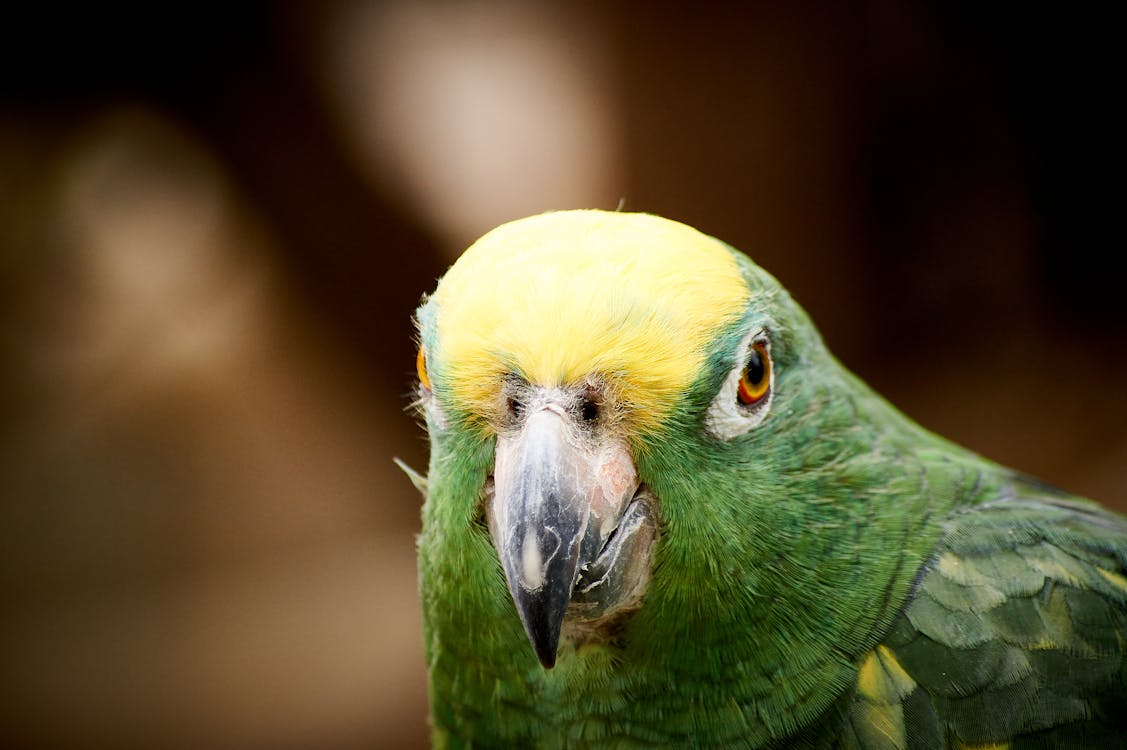
Amazon Parrots are intelligent, social and beautiful birds. They have a wide range of colors including turquoise, red, green, blue and purple. However, these beautiful creatures are notoriously loud and messy. They require a lot of attention from their owners to keep them happy and healthy which can be difficult if you’re busy with work or other obligations.
6. African Grey parrot
African Greys are known for their intelligence and can be very affectionate. They have a long life span of about 65 years and are one of the most popular birds to keep as a pet. They have the ability to imitate sounds, so you need to be careful that they don’t start mimicking your phone conversations!
7. Eclectus Parrot
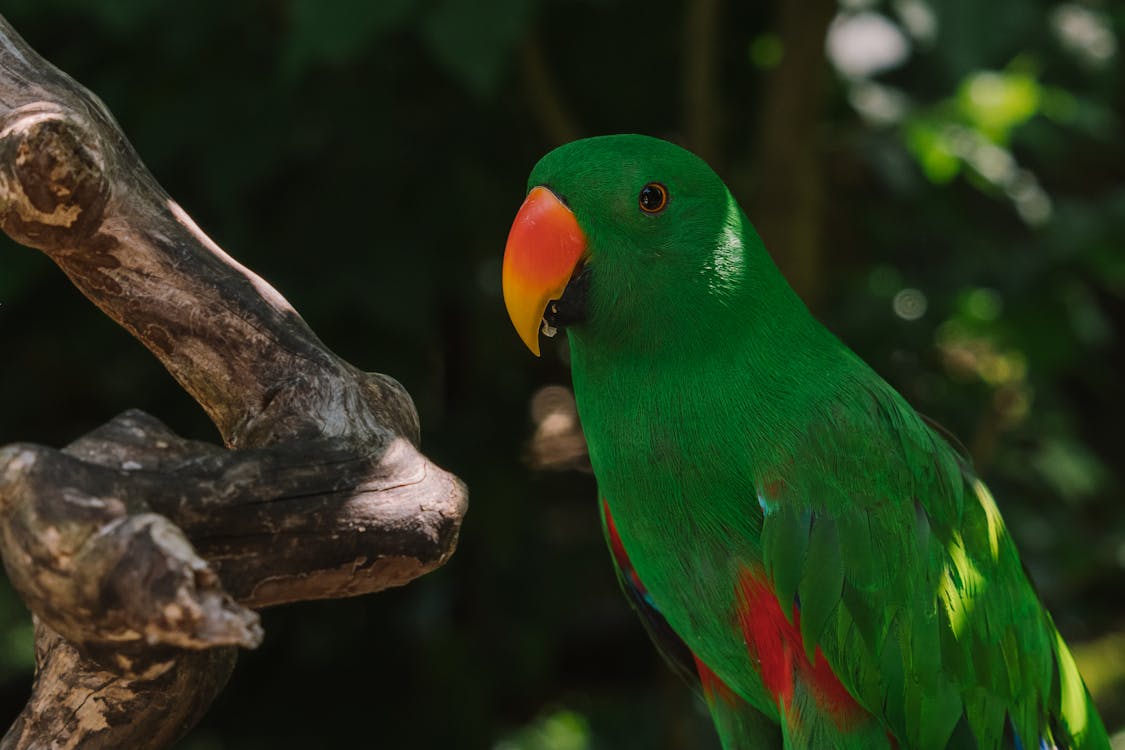
The Eclectus Parrot is native to New Guinea and is one of the most intelligent breeds of bird. They are also very gentle and affectionate. The downside? They can live up to 80 years old, so this isn’t a decision you should make lightly.
Eclectus parrots are best suited for experienced bird owners who have lots of time to devote to their new pet.
8. Budgie (Parakeet)
Budgies are small birds that make good pets for people who live in apartments or small homes. They are social birds and they can mimic human speech. However, they can be noisy and territorial. If you want a bird to go everywhere with you, this is not the pet for you. The average lifespan of a budgie is 7-10 years.
9. Caique Parrot
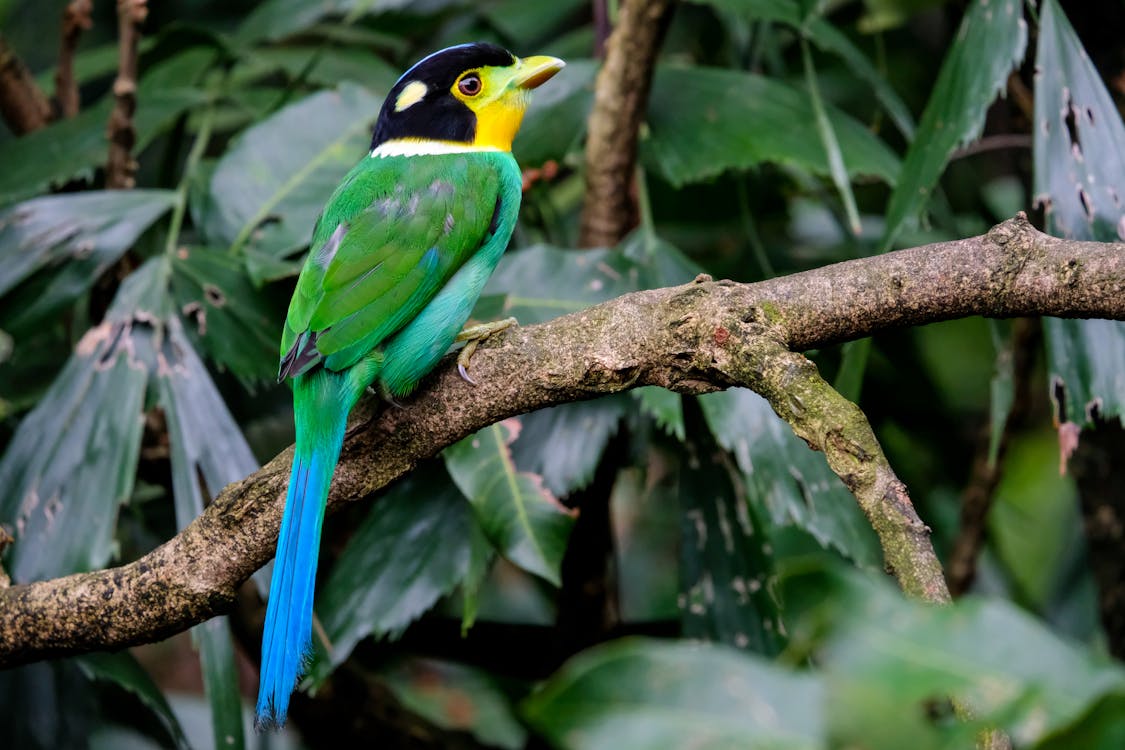
The Caique parrot is a small South American bird that is relatively easy to keep as a pet. They are intelligent, clean, and can be taught to mimic human speech. The downside is that they don’t usually like the company of other birds, so they may not be the best pets for people who already own a feathered friend.
10. Green Cheek Conure
The Green Cheek Conure is one of the most popular pet birds, and for good reason. They are very intelligent, have a long lifespan (up to 50 years), and are very gentle creatures. They also have a propensity to develop human-like characteristics, such as talking and mimicking words they hear. However, they are not an ideal choice for novice bird owners because they require a lot of attention and can be difficult to train.

